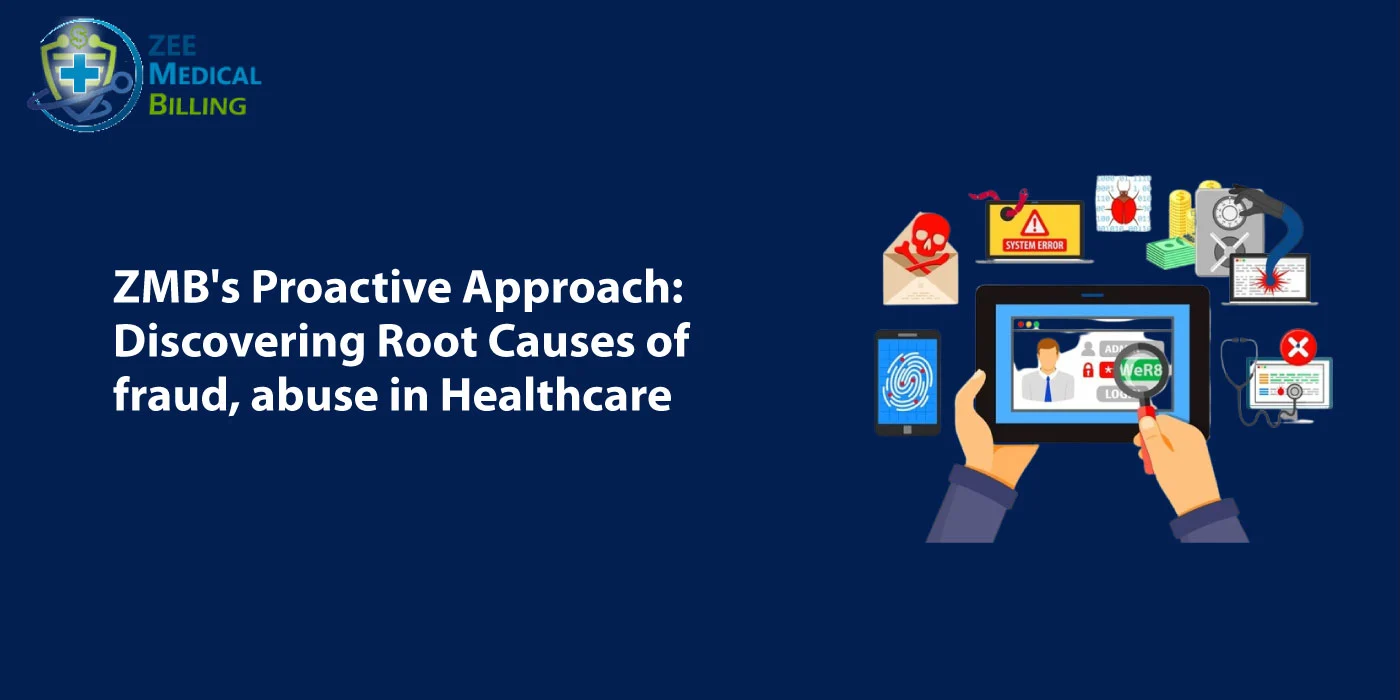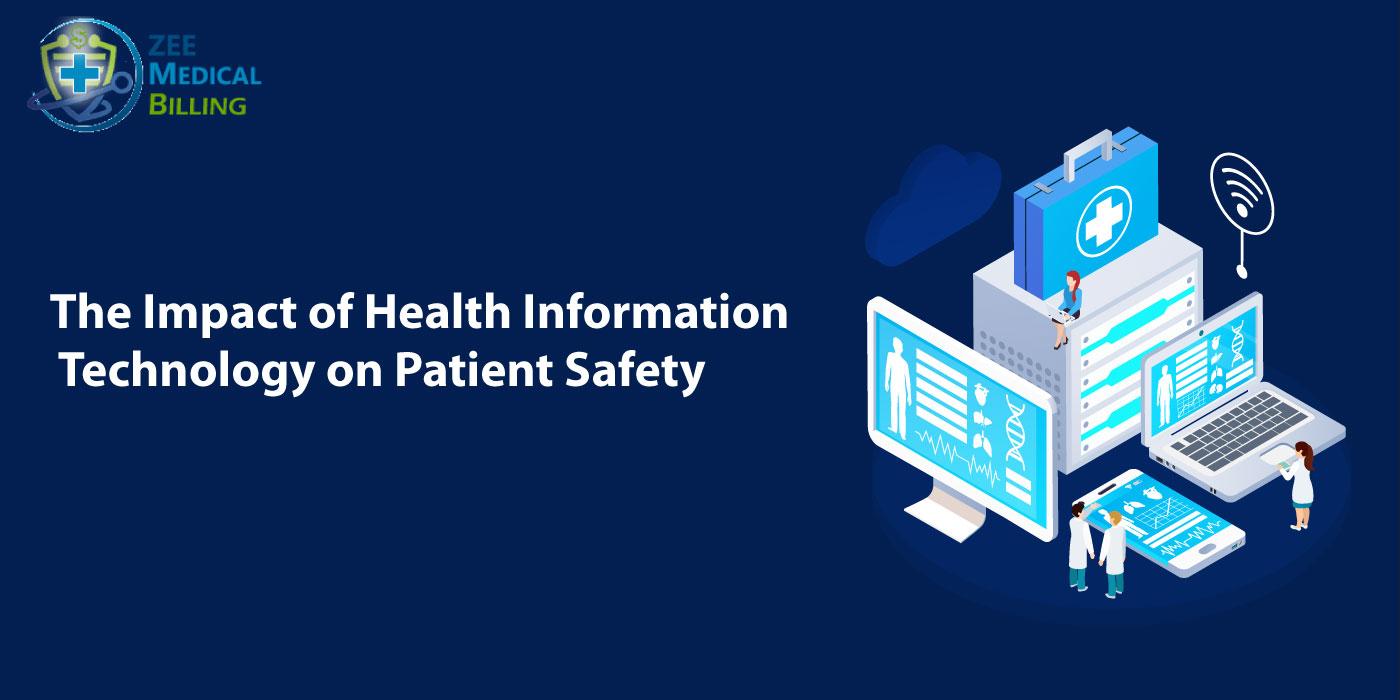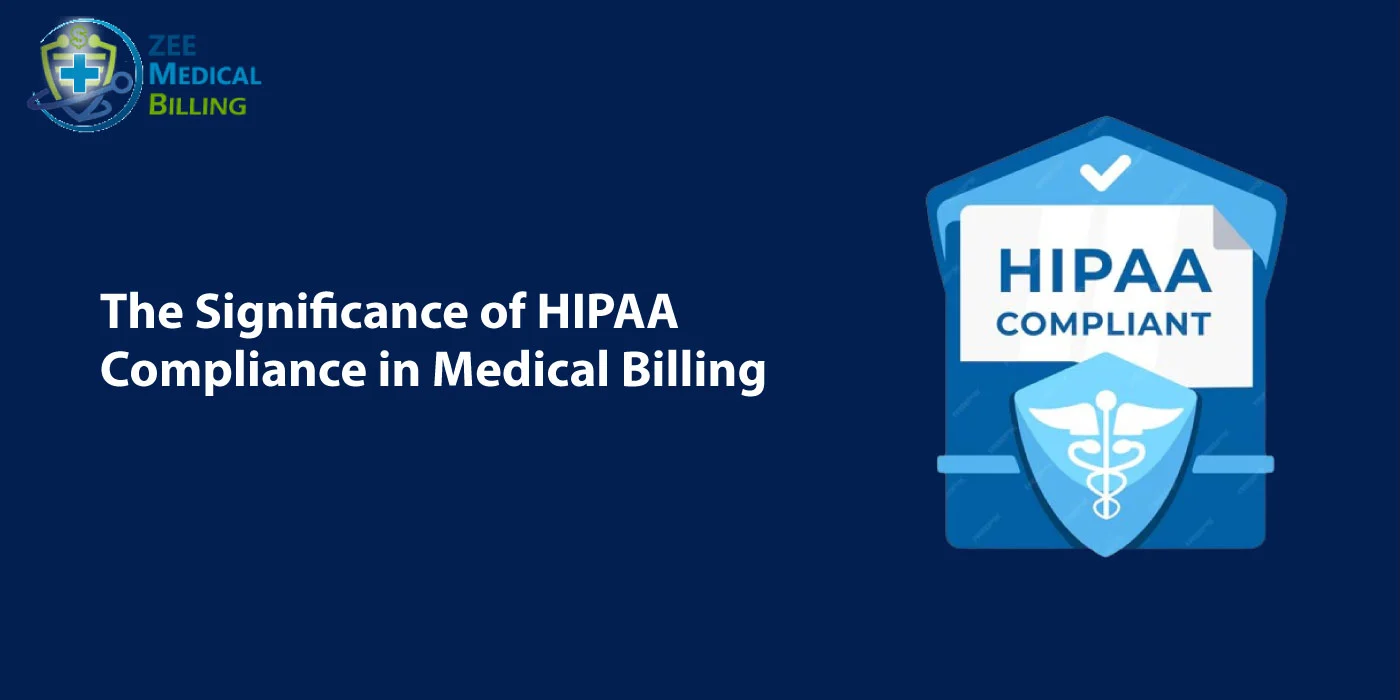Healthcare professionals often use jargon when speaking amongst themselves, and this should be no surprise. This is how people in different industries can communicate more effectively with one another. Acronyms prove to be beneficial as they offer a shorthand way to explain situations, processes, concepts, and other specific items that may otherwise take longer to discuss.
Professionals who are working in the field of radiology can expect that there will be some terms that are specific to practice. Modern radiology practices process a large amount of data as compared to other practices. This is because there are x-rays, CAT scans, and other diagnostic images that need to be saved and made available to all interested professionals over the network.
Radiology practices work with four major software tools that you need to become more familiar with as you develop and grow in your career. You’ll find that using acronyms such as DICOM or PACS will speed up your communications and it is a good way to recognize those who share your educational and career background.
Health informatics involves hardware and software configurations that are readily described with such terms. Don’t forget that today’s radiology practices are utilizing software tools to stay ahead. If you haven’t already used these solutions, you run the risk of falling behind.
Scroll down to read details about the differences between PACS, RIS, CIS, and DICOM.
Differences Between PACS, RIS, CIS, and DICOM
PACS
PACS stands for Picture Archive and Communication System. In a PACS, you store standard 2D images along with 3D images. Radiology practices tend to store significantly large sets of image files in the routine course of diagnosing and treating their patients.
Radiology professionals use a PACS to store all the diagnostic imaging files. In this way, any member of the team can easily search through information and then retrieve images as required. A paperless radiology practice stores CAT scans, MRIs and X-rays using local servers or a cloud computing platform for even more convenience and ease of expandability.
The main purpose of a PACS is to make it much easier to manage all the imagery that is needed to monitor the status of a patient going through treatment and recovery. Imagine being able to quickly send a consulting physician the vital imaging files for your patient via your computer network. And other medical practices that you routinely work with, such as sports physiologists and rehab specialists, will appreciate that you allow them easier access to these files in digital format.
RIS
A Radiology Information System or RIS is a software solution that will help your staff keep better tabs on each patient you treat. The workflow you are in charge of tracking will speed up if you use specialized software designed just for those in radiology. Particularly, you can easily combine reports on a patient with images that were taken today along with historical images, such as those taken to get a baseline.
It’s equally easy to share information with consultants as it is with your own staff, considering you’ve established proper networking protocols with your IT department. Robust RIS systems will include strong protections to keep out unauthorized viewers, safeguarding patient information.
Radiology practices that try to get by using an outdated paper-based system simply cannot compete with their modern analog who make sound investments in the latest computer and software systems. Another important aspect of a RIS is that your employees can schedule appointments much more promptly as compared to using paper or a generic electronic health record application.
A benefit that many people have not considered is that you can use a RIS to see if a patient is due to come in for an appointment. This influences not only the patient’s ongoing recovery, but also your bottom line. Failing to schedule routine appointments because the details somehow got lost in the system could result in a drop in your average revenue.
Your team will spend a lot more time keeping track of each patient’s progress, from diagnosis to cure without a RIS. Imagine the difference between the experience of one patient who must wait in the exam room while a nurse or doctor goes off to fetch a new scan, and a patient who is being seen in a practice that uses a RIS. The medical professional who is fortunate to have a RIS in place can call up the image as soon as it needs to be discussed with the patient, saving valuable time for all patients being seen that day.
CIS
The term stands for Clinical Information System. It covers a number of software solutions that you may already be familiar with, including a RIS, an electronic medical record (EMR), or electronic health record (EHR) application.
Deploying a CIS in your organization will help link all the information together and give your team easy access to the required files when they need them. When considering a CIS for your office, it’s important to go with a software provider that has years of experience in the field and that makes regular updates to account for best practices.
Your staff, released the burden of using either generic EHR software or a paper-based system, will be able to access integrated patient information. When was this patient’s last appointment? Is another scan due? How is the patient’s health progressing from one appointment to the next?
Such questions and more are easily resolved with a robust CIS in place. Your staff will spend less time searching for and fetching vital information and will thus be freed up to spend more time directly on patient care and wellbeing. Actually, you may find it more difficult to attract new employees if they learn that you are using old-fashioned systems to organize patient data.
DICOM
The transition to digital files is affecting all industries, and healthcare is a major beneficiary of modern software tools, standards, and protocols. The same is the case in DICOM, which stands for Digital Imaging and Communications in Medicine. This standard fosters better collaboration between radiology professionals. It’s also important for combining dissimilar radiology imaging systems and the equipment that is used in digital radiology.
Certainly, there are a number of acronyms that medical professionals need to learn and become familiar with, and this is most surely the case when it comes to those working in radiology practices. If you notice PACS, RIS, CIS, and DICOM and how these systems and standards can dramatically streamline workflow in your organization then you and your fellow stakeholders will be best served.
All industries will have their fair share of jargon, and the field of radiology is no exception. There is a lot more for you to discover about PACS, CIS, DICOM, and RIS applications and the standards that streamline your staff’s efforts.
To learn more __
Call @ +1 (224) 999-6997
Or
Get a free no-sting attached billing services quote from ZEE Medical Billing for your practice.





